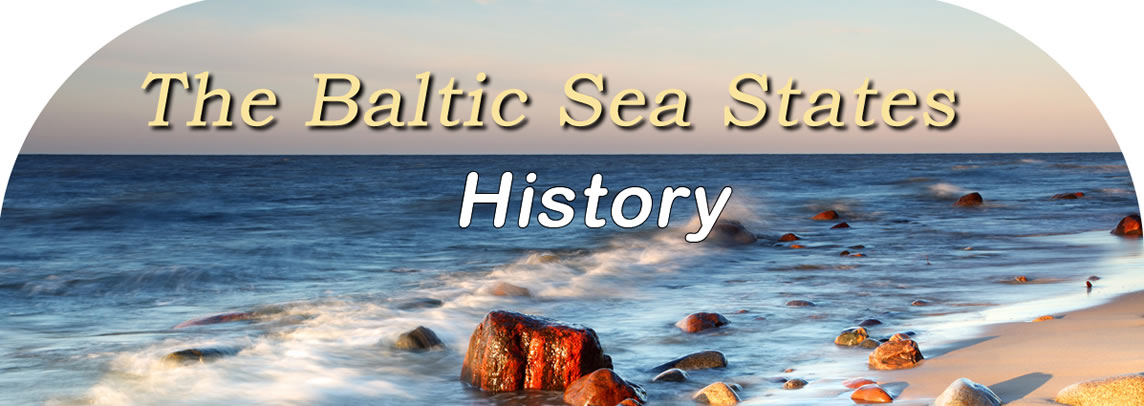
Russian History
Originally a collection of
independent villages and towns, Russia began organizing into a
country in the 8th century. As different cultures such as the
Norsemen and the Danes began taking over portions of the Western
European area, the Varangians began to move into Eastern Europe and
settled in the city of Novgorod. From Novgorod, the Varangians began
taking over rule of the small towns and villages, making the town of
Kiev there center of trade and political power.
A leader soon emerged among the Varangians, known as Oleg, who began
to expand the empire that was known as Kievan Rus. By the middle of
the 10th century, Olegs great-grandson, Vladimir I would become the
ruler of the empire and reign over a territory that reached from the
Volga River in the East to the Caucusus Mountains in the West and
the Black Sea in the South.
By the 13th Century a new group, known as the Mongols, began to take
over, destroying the towns of the Varangians and developed their own
cultural and political centers. including the city of Moscow. By the
16th century, Ivan the Terrible had become the ruler of the country
and was named Grand Duke of Moscow. In the early 17th century, the
Romanov family became the rulers of the Russian Empire with Peter
the Great becoming the head of the Empire. Ruling for two centuries,
the nation continued to expand under the Tsars until the Russian
Revolution overthrew the existing government in the early 1800's.
In the late 1800's another revolution took place in Russia,
overthrowing Tsar Nicholas II and paving the way for what would
become the new Soviet Union (USSR). A new leader, Vladimir Lenin
would emerge as the Bolsheviks gained more and more power. Following
the death of Lenin, an even stronger leader, Joseph Stalin would
gain control and expand the empire.
By the late 1930's, the empire was continuing to grow, but a new
threat was developing on the western border of the Soviet Union.
Germany invaded Poland in the Fall of 1939, threatening the
stability of the USSR. When Germany moved to invade the Soviet Union
and march on Moscow, the country was initially unprepared for the
attack. With a great military effort, the Soviet Union was able to
move the German invasion back and succeeded in driving the army back
into Poland.
Facing the continuing challenge of the German military, the Soviet
Union made an uneasy alliance with the United States and England to
bring Germany to its knees. The years immediately following World
War II saw many changes for the empire as a Cold War began to
develop between the Soviet Union and the United States. Under Nakita
Khruschev, the country began to threaten the west with a buildup of
nuclear weapons.
A new leader emerged in 1985 as the General Secretary of the Soviet
Union. Mikhail Gorbachev would lead the country to a new future that
included establishing a new relationship with the United States and
ultimately, the dismantling of the Soviet Union and reestablishment
of Russia under Boris Yeltsin in the late 1980's.

© Baltic21.org
2013, All Rights Reserved
|

